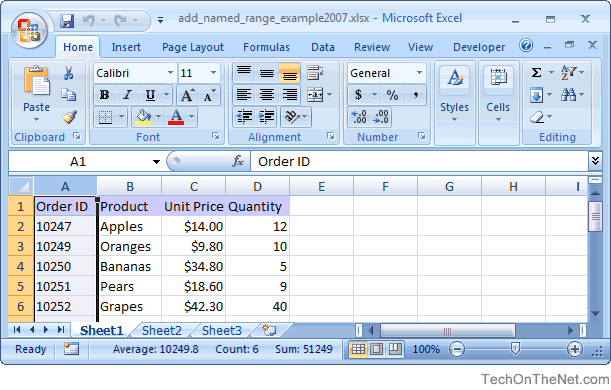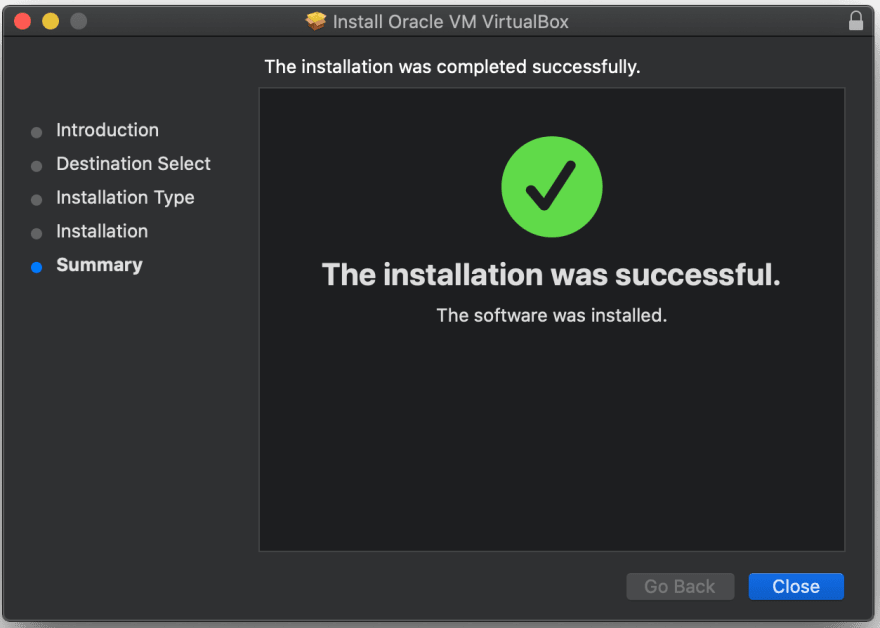
Dynamic Named Ranges In Excel For Mac
Apr 21, 2016 In the Defined Names section, click “Use In Formula” and select “Paste Names” from the drop-down menu. You can also press “F3”. NOTE: If there are no named cell ranges in your workbook, the “Use In Formula” button is not available. On the Paste Name dialog box, all the named cell ranges display in the Paste name list.
Contents
- 6 Ways to create dynamic name ranges
Video overview: Dynamic maned ranges
Download sample file
Dynamic Ranges Online PC Learning
Why use dynamic named ranges
I just love dynamic named ranges. If you have completed any of my projects you will notice I use them often.You may not be aware of the fact that dynamic named ranges can be created in a variety of ways to deal with different situations.
Adding a dynamic named range
On the ribbon select Formula / Name manager /New
Type the name into the Name box and the range formula goes into the Refers to:
Test the named range. If it is a dynamic named range it will need to have some values in the cells for it to work.
Add some data validation to test the name
Select a cell not in the range and choose Data on the ribbon /Data Validation / List / click in the source and push the F3 key and select the named range. Your dynamic named range will now populate the list source for the data validation box.
Examples
Example 1 Offset function
Add a header to cell D6 and text or number values below.
Offset function
The offset function is the most commonly used to create a dynamic named range. It is great if the range is continuous and not to large.
Note: The offset function is extremely volatile. For a large data set it would be best to use the Index /Counta functions Example 4.
=OFFSET(Sheet1!$D$7,COUNTA(Sheet1!$D$7:$D$1000))
Example 2 (ignore blanks cells with numbers) Offset / Match functions
Add a header to cell G6 and number values below and leave some cells blank in the range.
When a guest is using such a new software interface, it looksto the host system as though the guest were physically connected to theinterface using a network cable: the host can send data to the guest throughthat interface and receive data from it.  This means that you can set up routingor bridging between the guest and the rest of your network.Yet as others have pointed out in the forums and I have noticed as well, this doesnot seem to be the case under OSX. Just to add my own voice to clear up how Host Interface Networking is evensupposed to work on OSX:From the user manual:6.5 Introduction to Host Interface Networking (HIF)With Host Interface Networking, VirtualBox creates a new networking interfacein software on the host computer. This new software interface will then existin parallel to your regular interfaces (e.g., on a Linux host vbox0 will existalongside eth0).
This means that you can set up routingor bridging between the guest and the rest of your network.Yet as others have pointed out in the forums and I have noticed as well, this doesnot seem to be the case under OSX. Just to add my own voice to clear up how Host Interface Networking is evensupposed to work on OSX:From the user manual:6.5 Introduction to Host Interface Networking (HIF)With Host Interface Networking, VirtualBox creates a new networking interfacein software on the host computer. This new software interface will then existin parallel to your regular interfaces (e.g., on a Linux host vbox0 will existalongside eth0).
=OFFSET(Sheet1!$G$7,0,0,MATCH(9.99999999999999E+307,Sheet1!$G$7:$G$1000),1)
The value 9.99999999999999E+307 is used because it is the largest numeric value that can be stored in a cell.
Example 3 (ignore blank cells with text) Offset / Match functions
Add a header to cell J6 and text values below and leave some cells blank in the range.
=OFFSET(Sheet1!$J$7,0,0,MATCH(REPT('z',255),Sheet1!$J$7:$J$1000),1)
The value REPT('z',255) is used to indicate the last letter and the maximum number letters allowed in a cell.
Syntax= REPT(text, number_times)
Example 4 Index / Counta functions
This is an efficient way to create a dynamic named range. Highly recommended if the the data is extensive.
Add a header to cell M6 and text or number values below.
=Sheet1!$M$7:INDEX(Sheet1!$M$7:$M$1000,COUNTA(Sheet1!$M$7:$M$1000))
Example 5 Vary range based on cell value
Add a header to cell O6 and text or number values below.
=OFFSET(Sheet1!$O$7,0,0,Sheet1!$P$6,1)
Example 6 Table with a named range
Add a header to cell R6 and text or number values below.
Add a table
Insert on the ribbon / Table
Select the area for the table. Include the header.
Add a named range from the name box or in Name Manager.
Name the (static) range TableRange = R7:R16
Do not include the headers. Incredible this (static) named range will now be dynamic.
What is dynamic named range in Microsoft Excel?
A dynamic named range helps to automatically fetch the newly entered value in the list of defined range name in Excel.
How to create dynamic range in Microsoft Excel?
To create dynamic named range, we have to enter formula for the range which will be a combination of COUNTA and OFFSET functions.
Let’s take an example and understand:-
We have number list in Column A. Select the range of A1:A6 and name it Revenue in the Name Box. Calculate the Average in cell C1.

Now we need when we add any number in column A, Excel update the Average automatically.
Follow below given steps:-
- Go to formula tab and click on Name Manager under the Defined names group.
- Name Manager Dialog box will appear.
- Click on Edit button, Edit Name dialog box will appear.
- Enter the formula in “Refers to” box =OFFSET($A$1,0,0,COUNTA($A:$A),1).
- Click on ok.
- Click on Close to Name Manager Dialog box.
Now when you will update the value in column A, then Excel will update the Average function automatically.
Formula Explanation:-
COUNTA function calculates the available number of values in the range that are not blank, so that whenever we add any value in the range, COUNTA function gives the result according to the values available in the range. It will provide the number for height.
OFFSET function takes 5 arguments, `=OFFSET(reference,rows,cols,height,width) for reference, we have defined $A$1, rows:- 0, columns:- 0, height:- 6 and width:- 1.
This is all about we can create the dynamic named range in Microsoft Excel.
If you liked our blogs, share it with your friends on Facebook. And also you can follow us on Twitter and Facebook.
We would love to hear from you, do let us know how we can improve, complement or innovate our work and make it better for you. Write us at info@exceltip.com